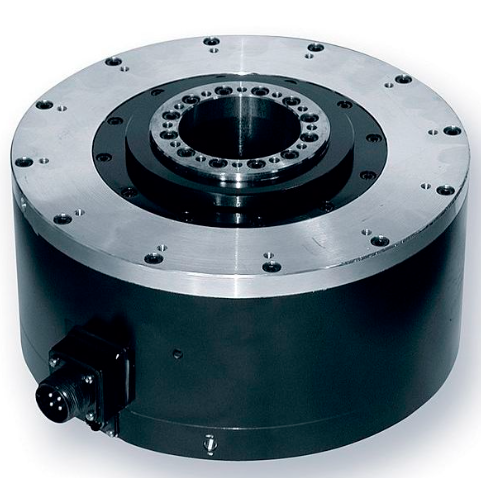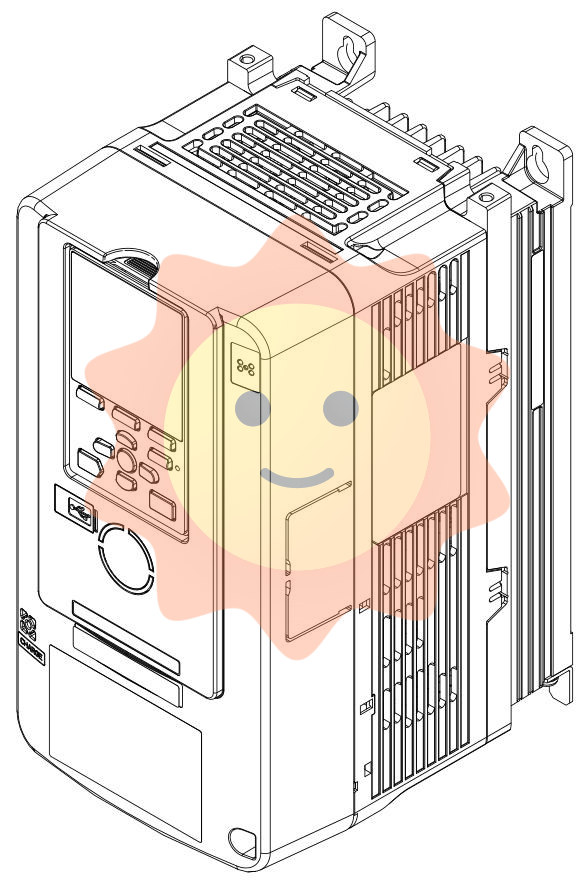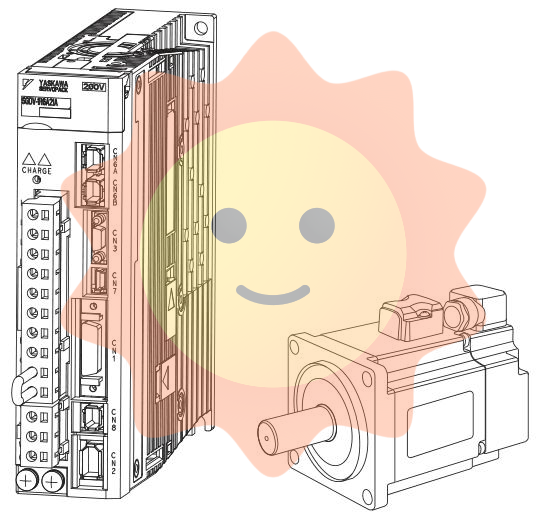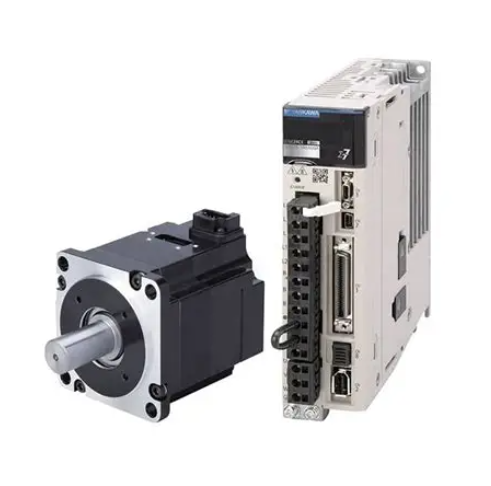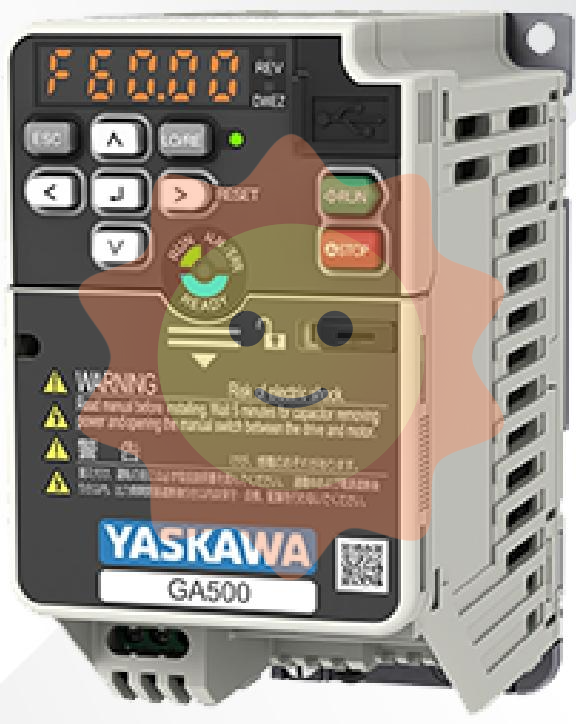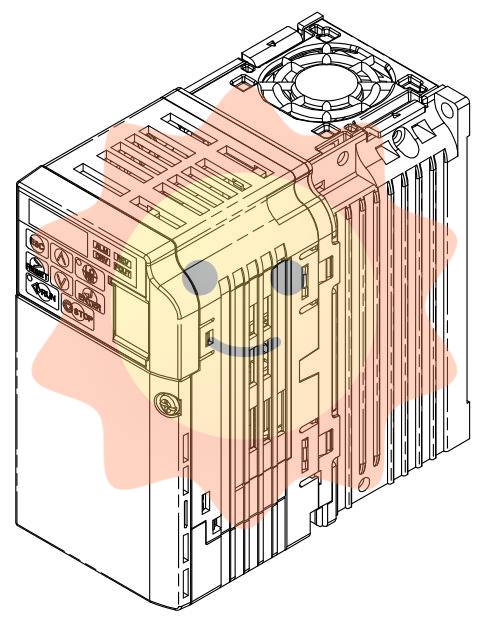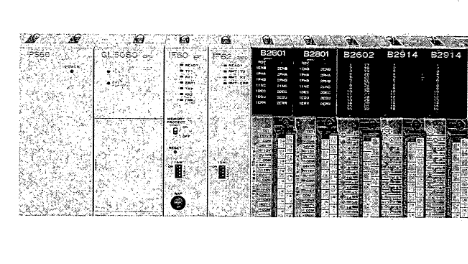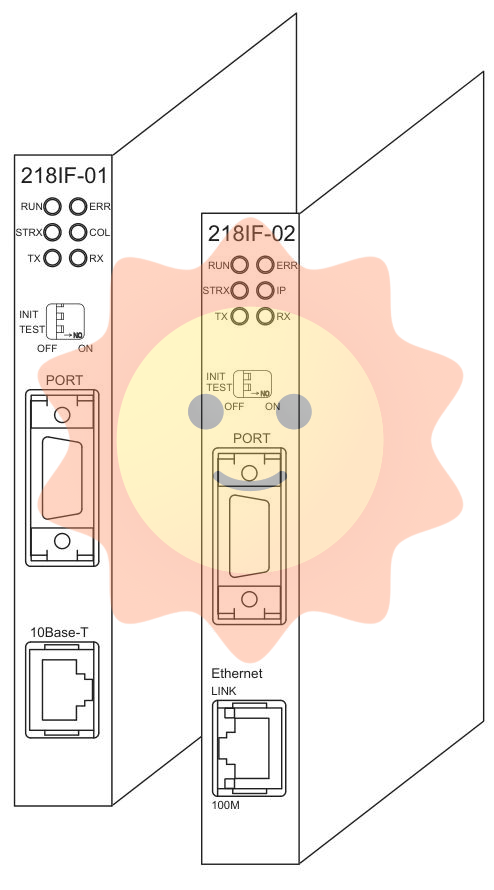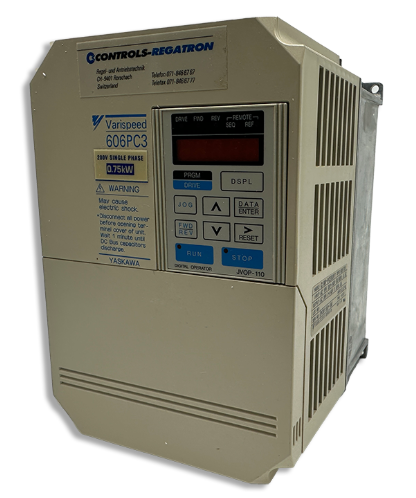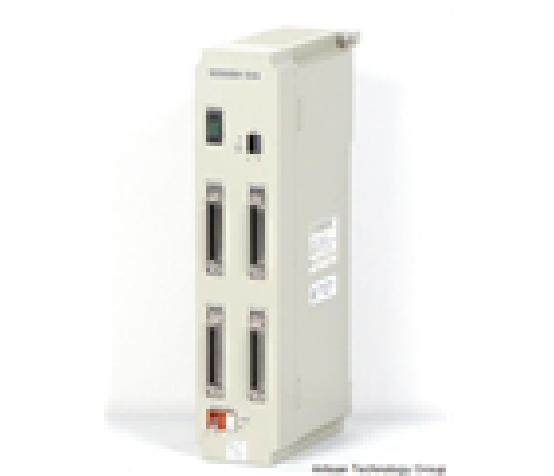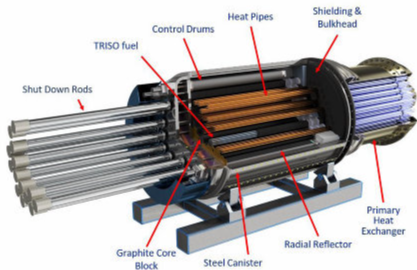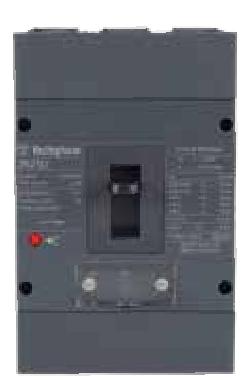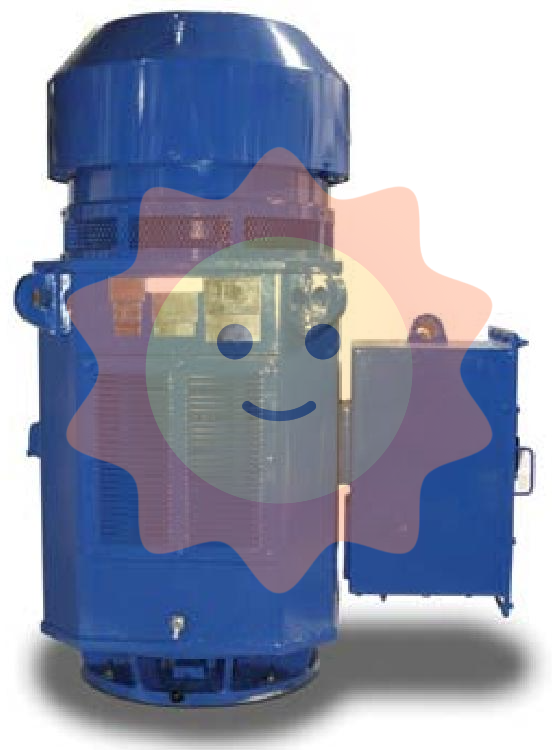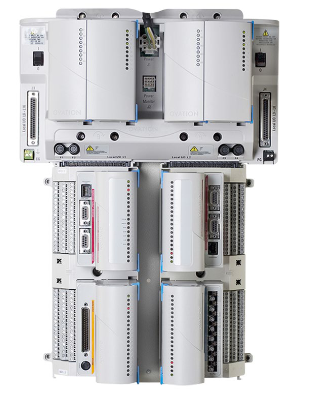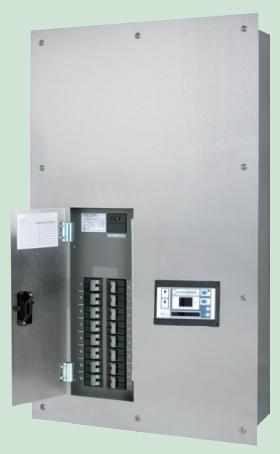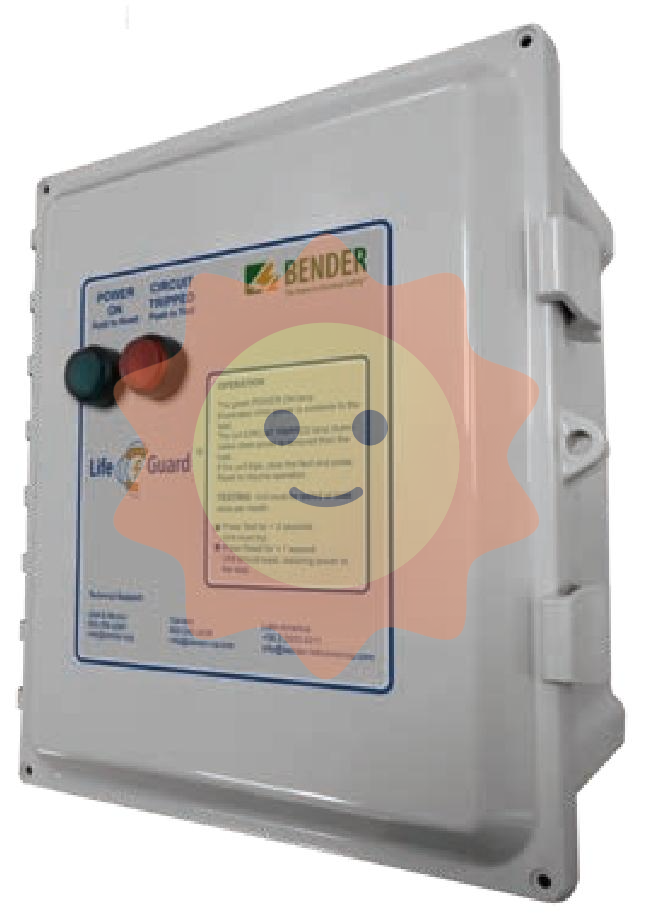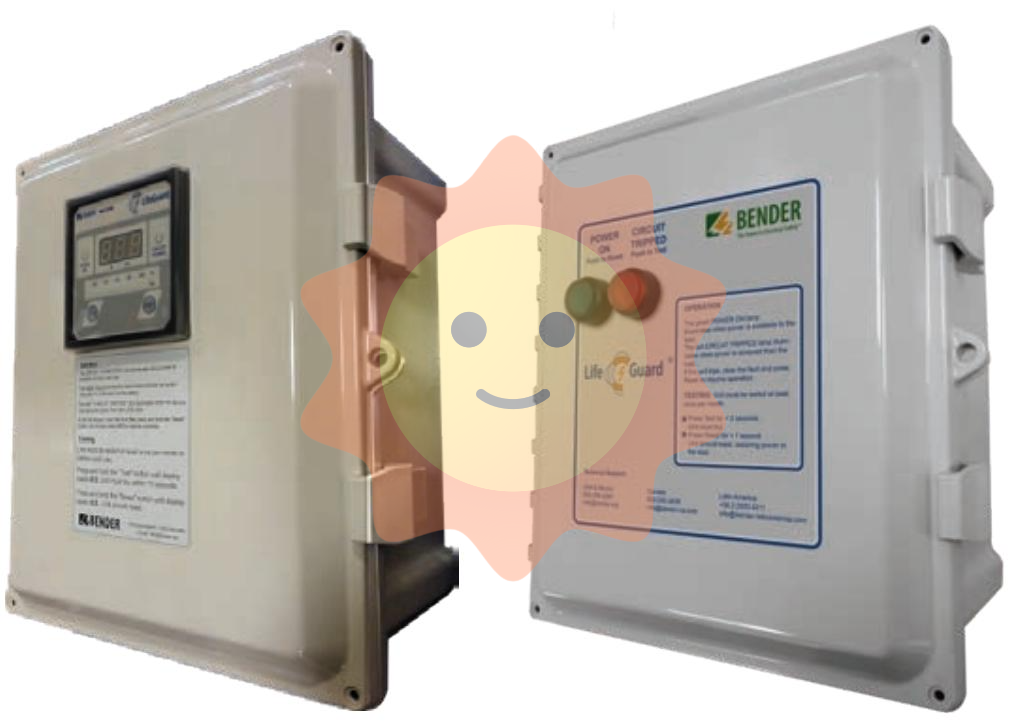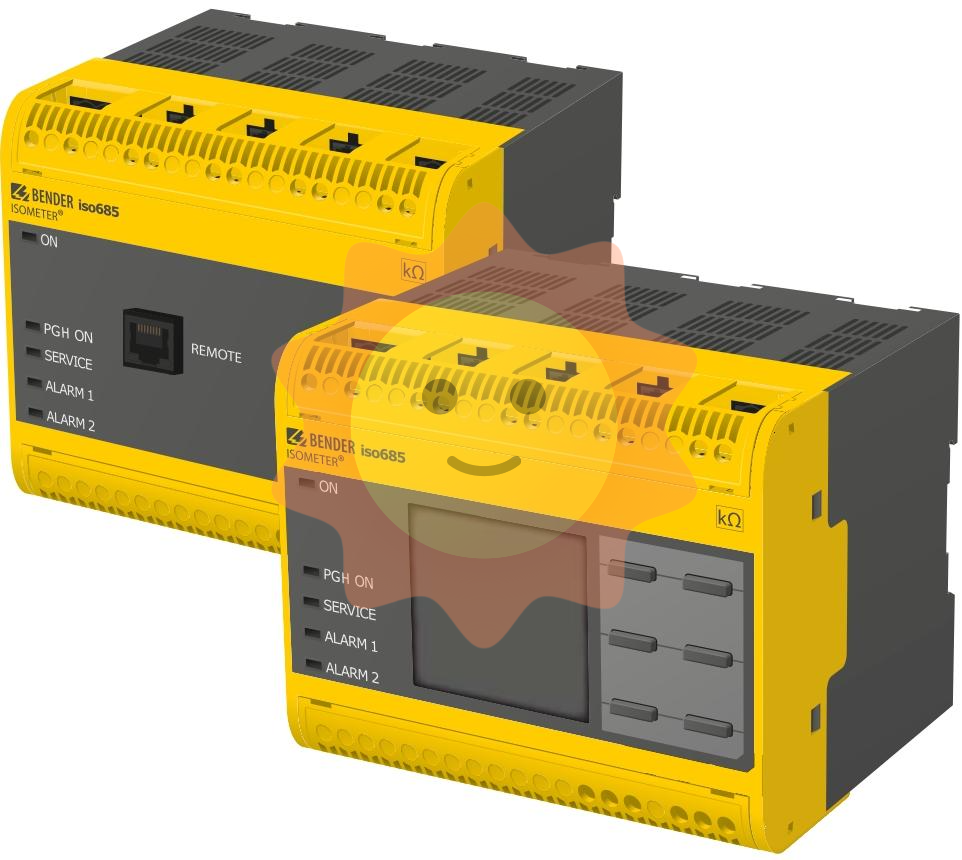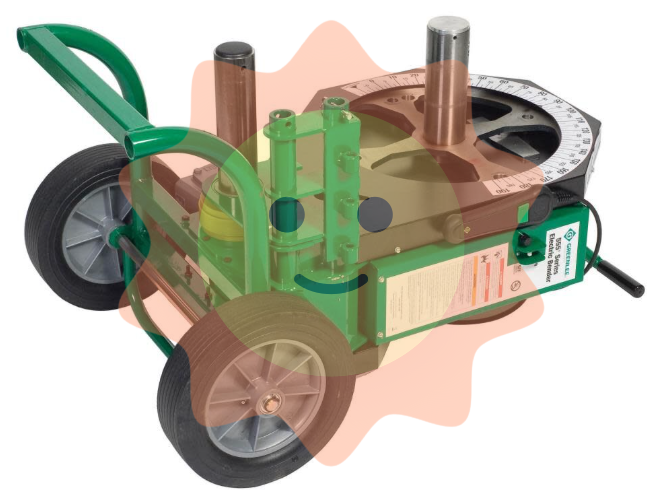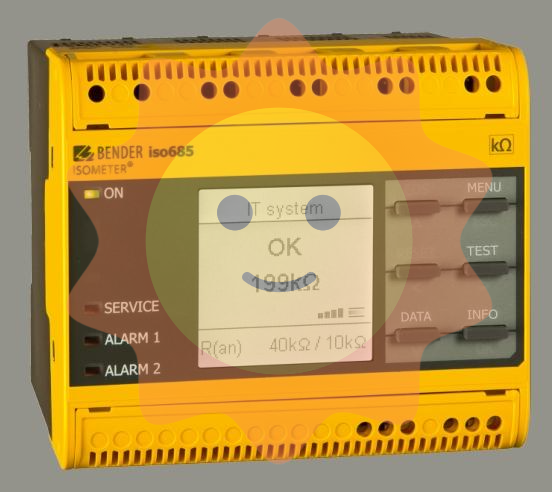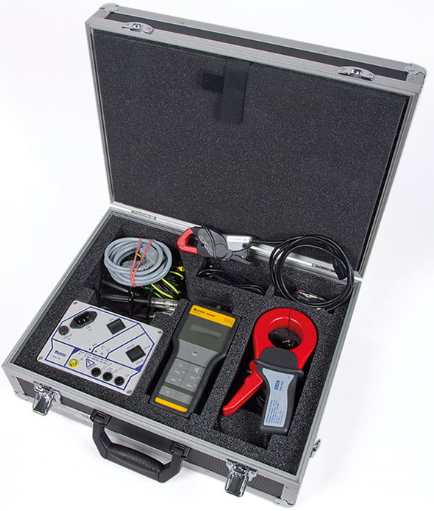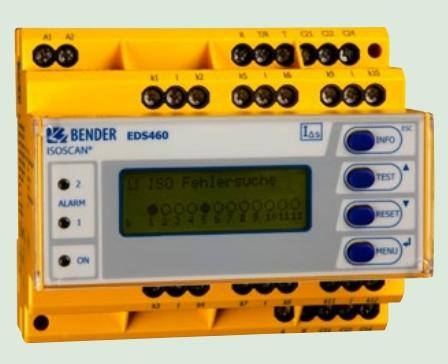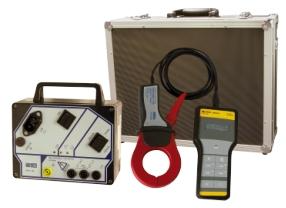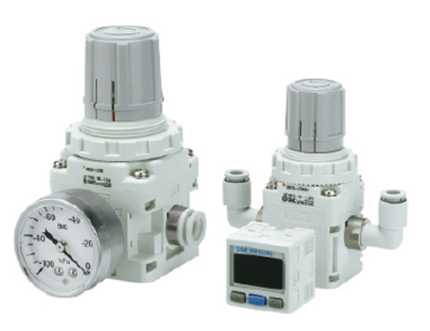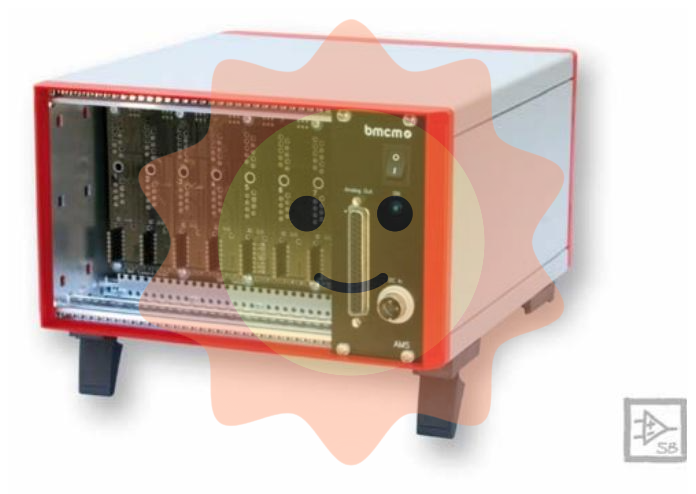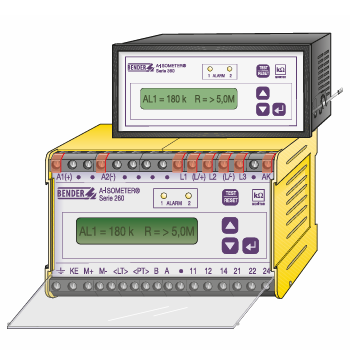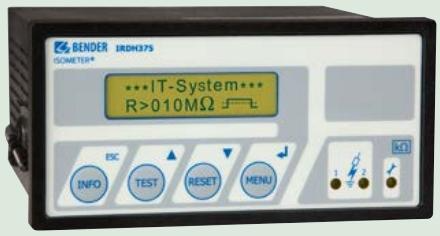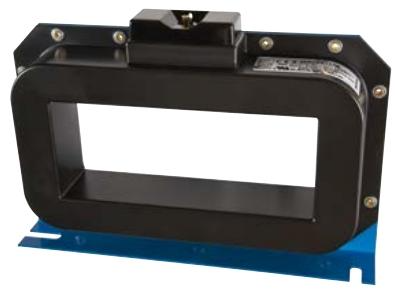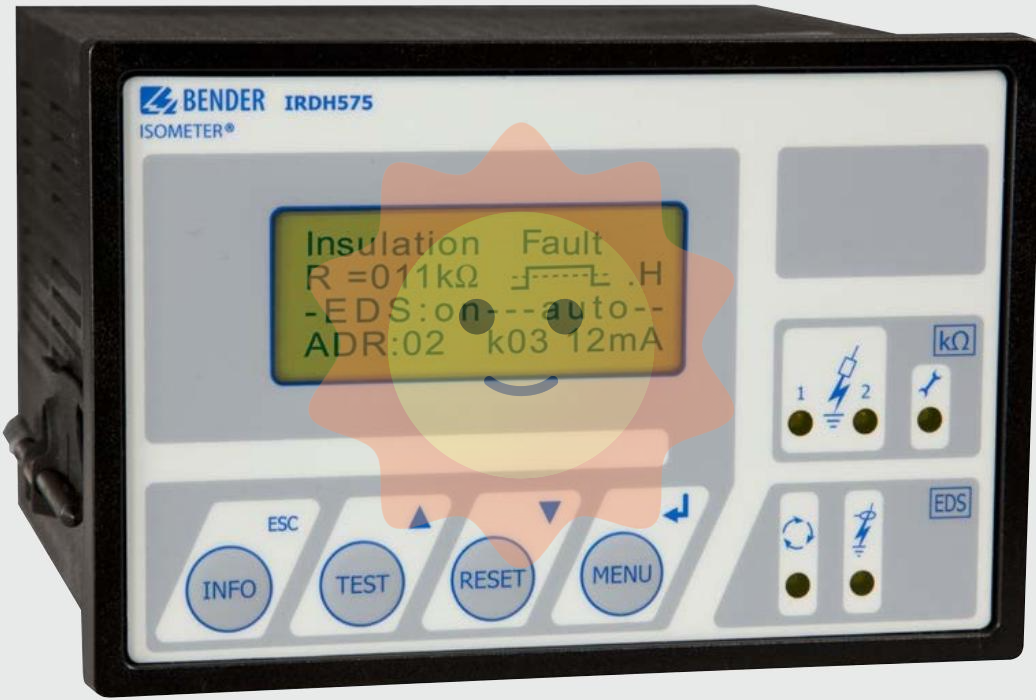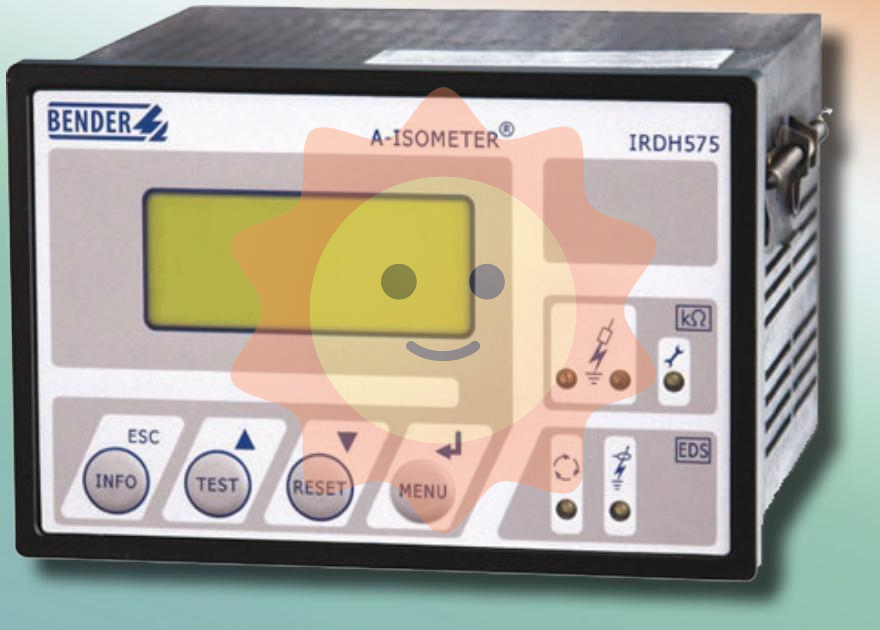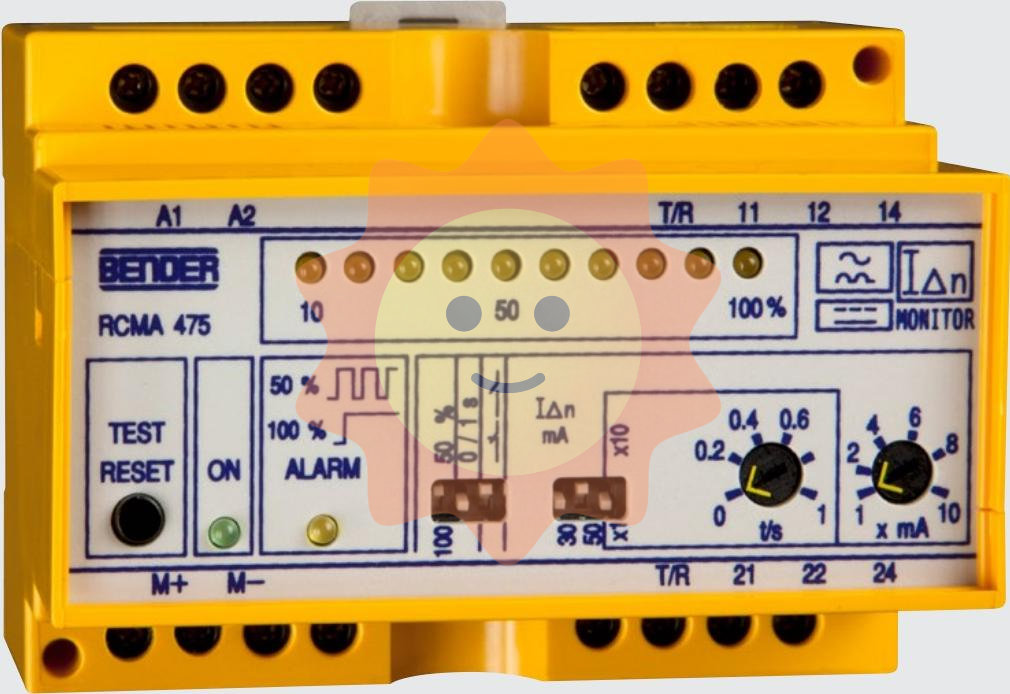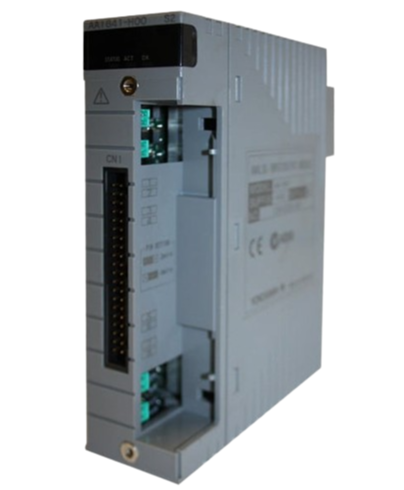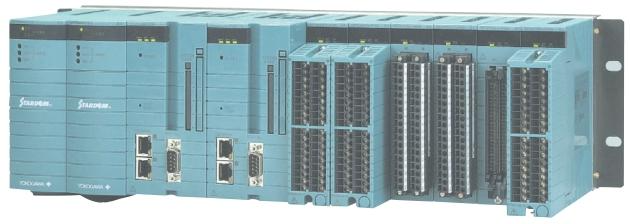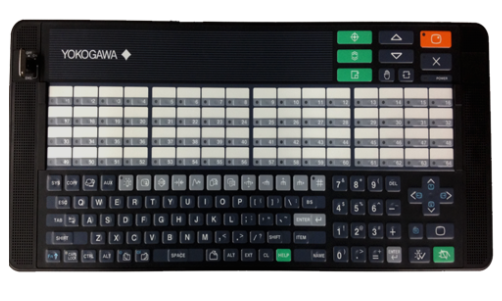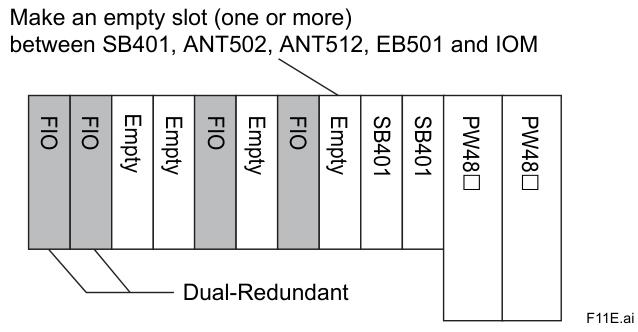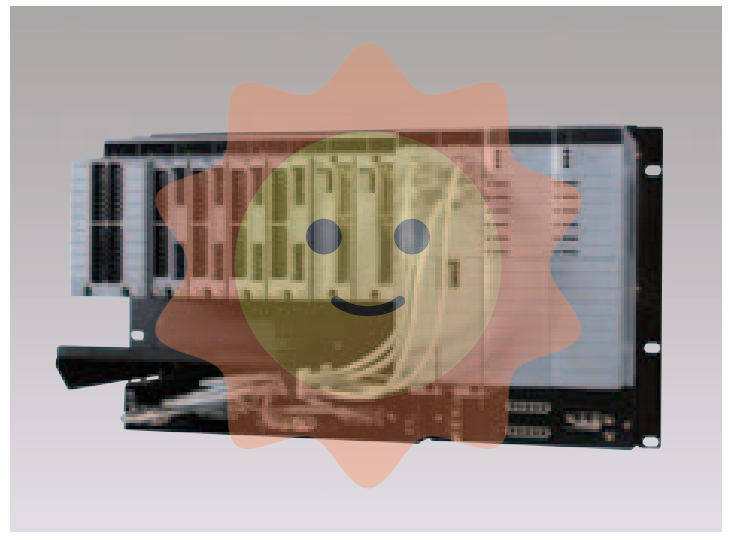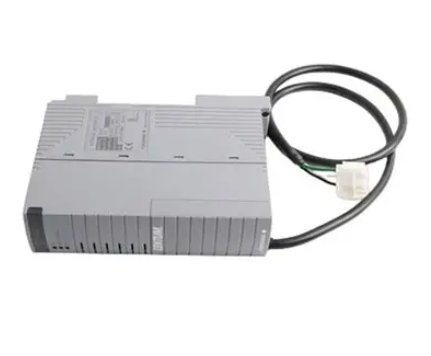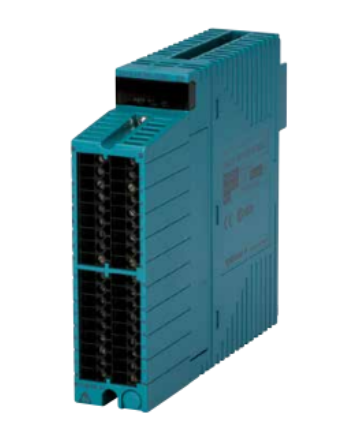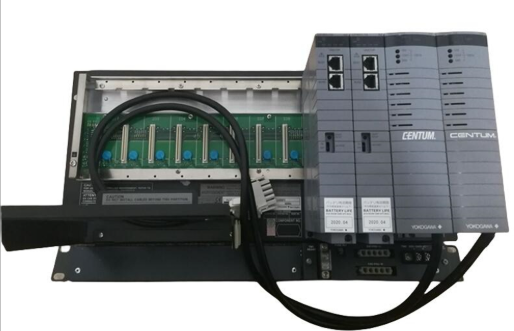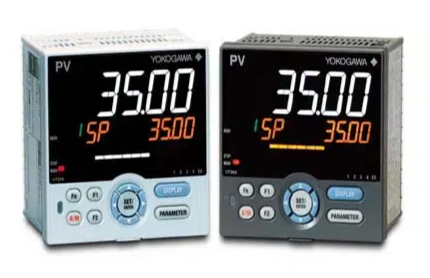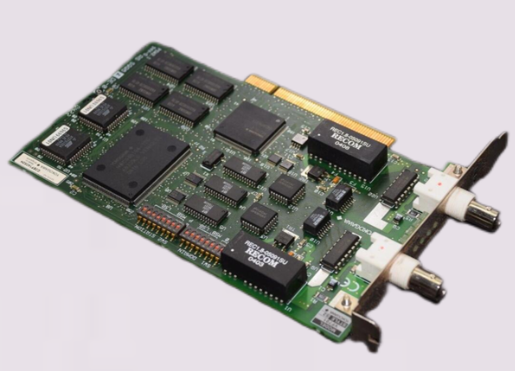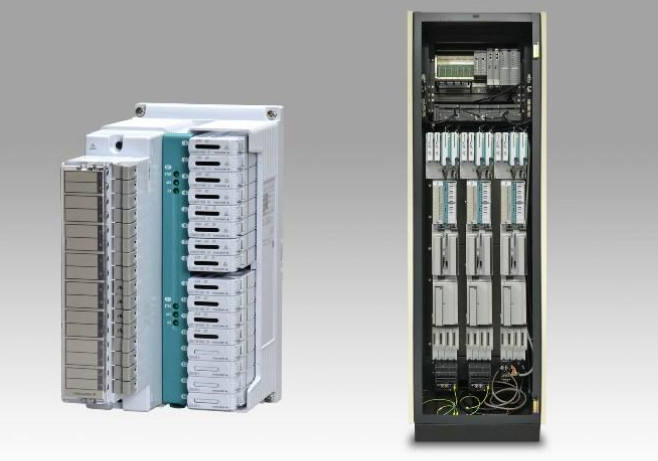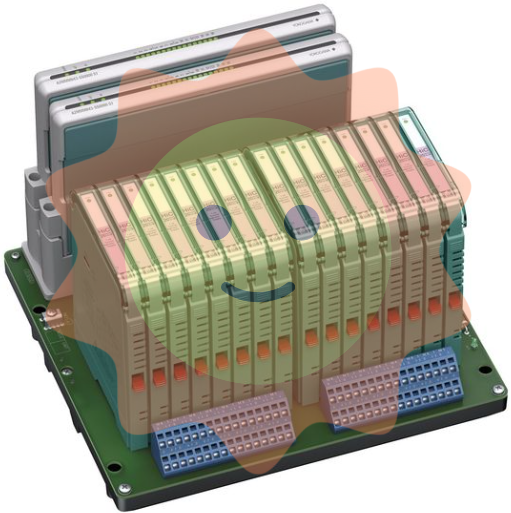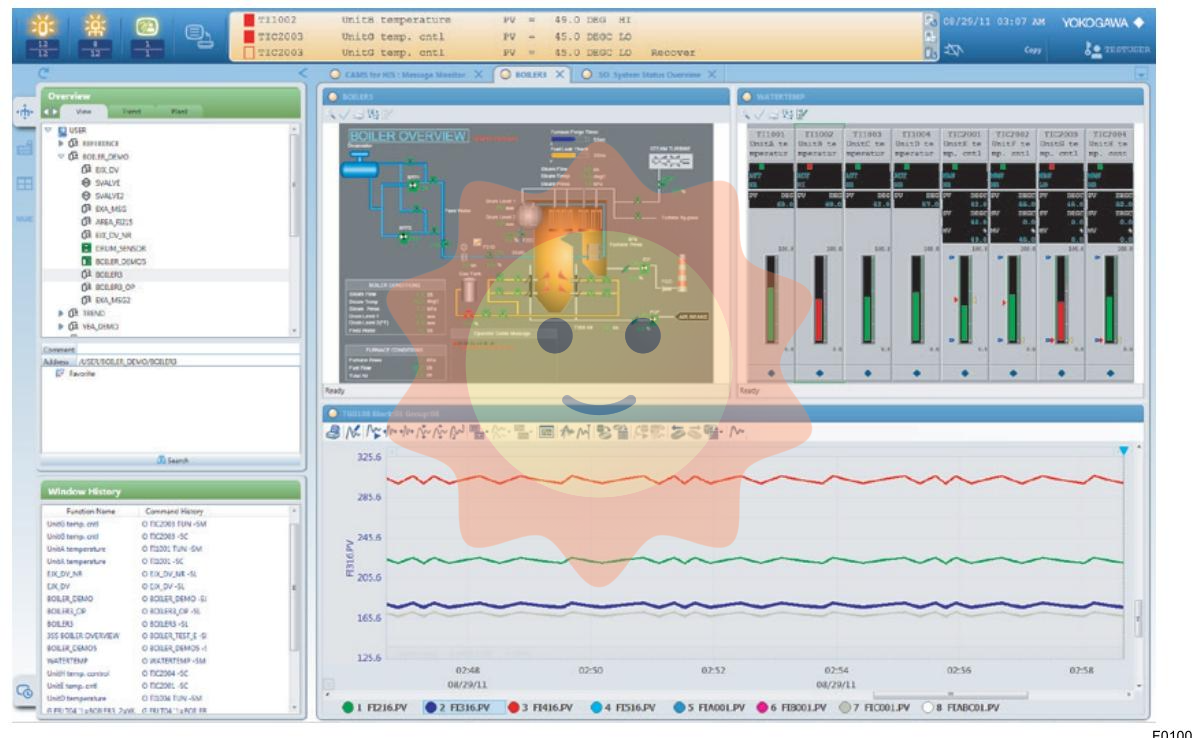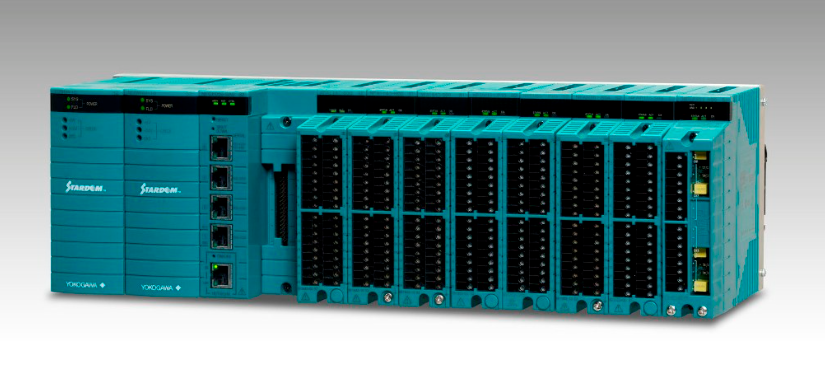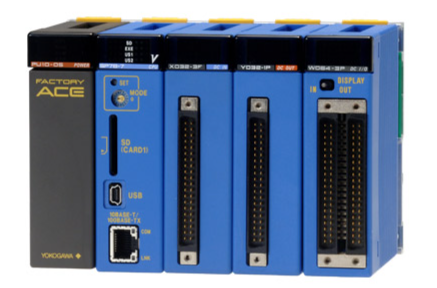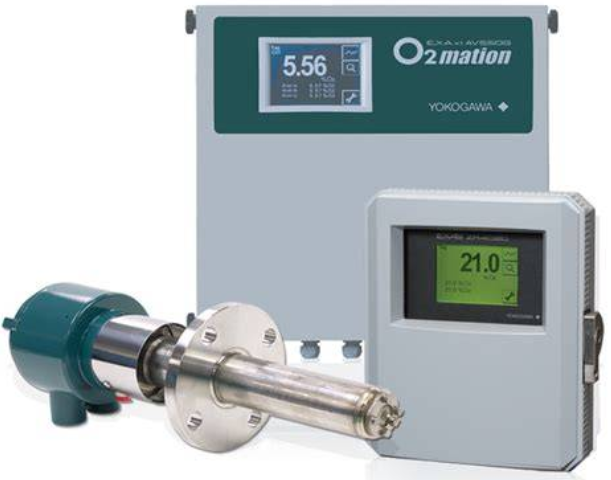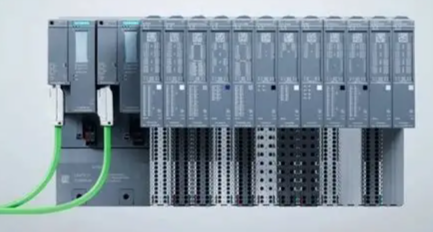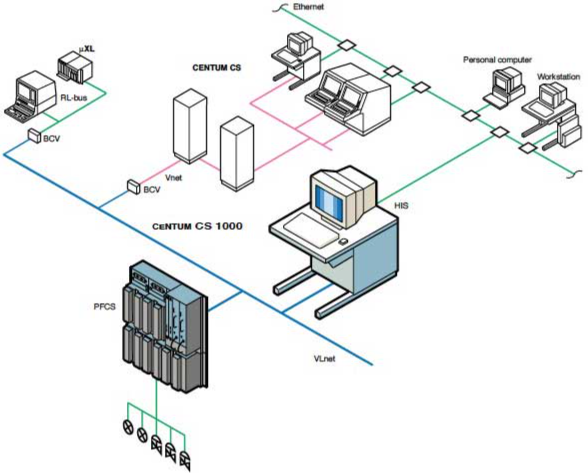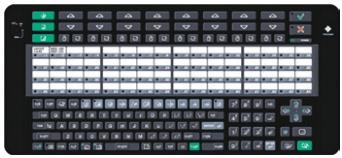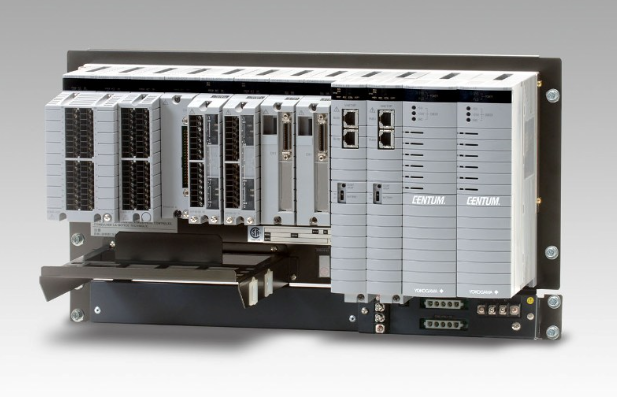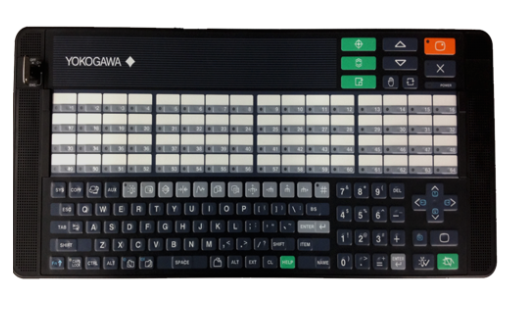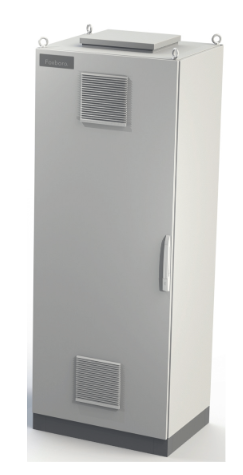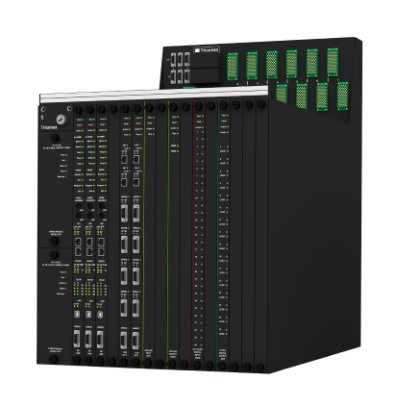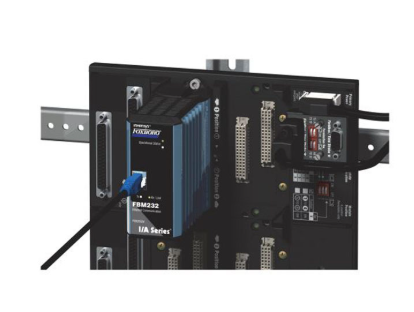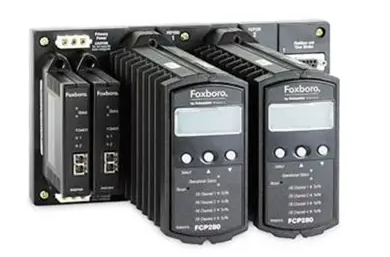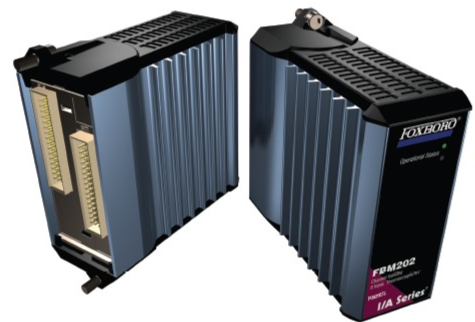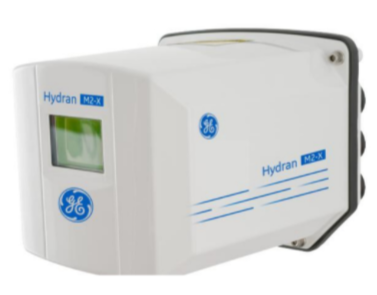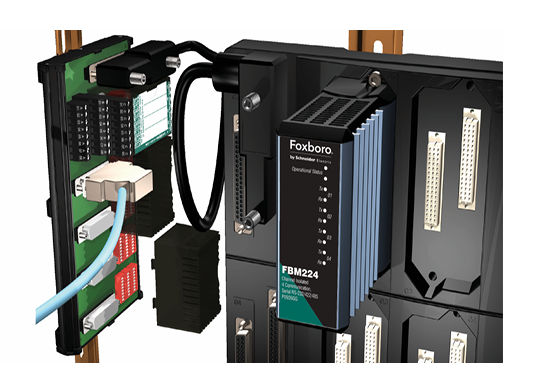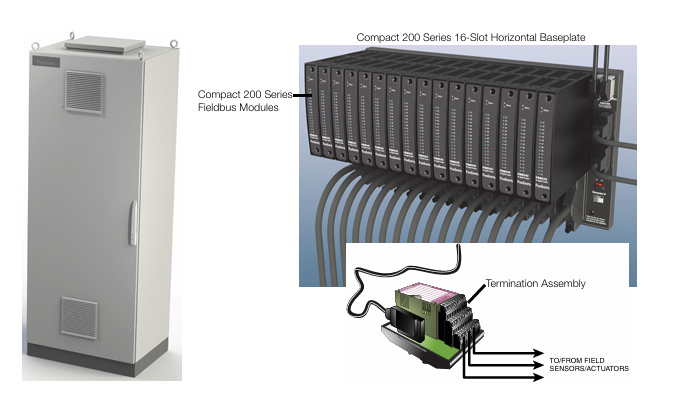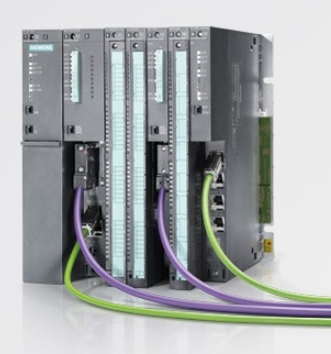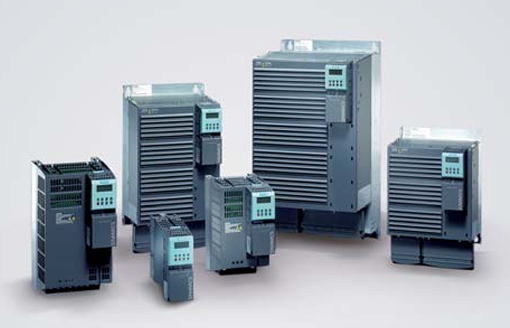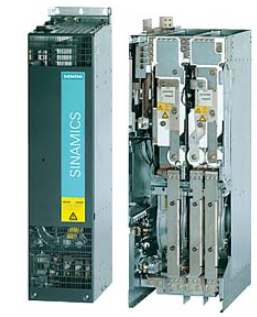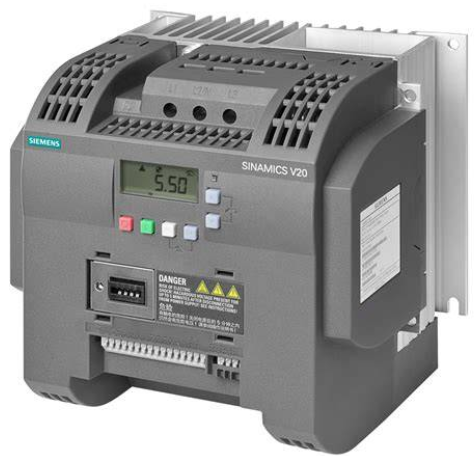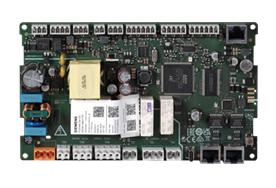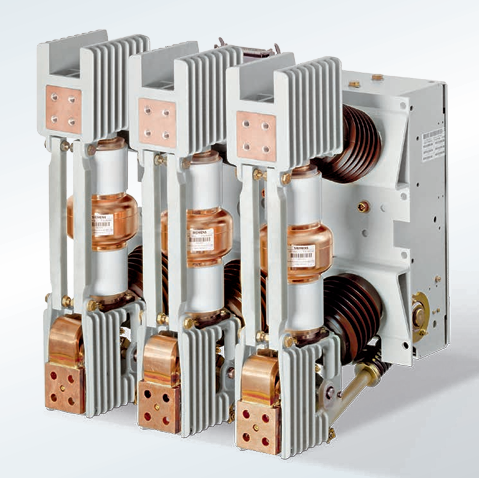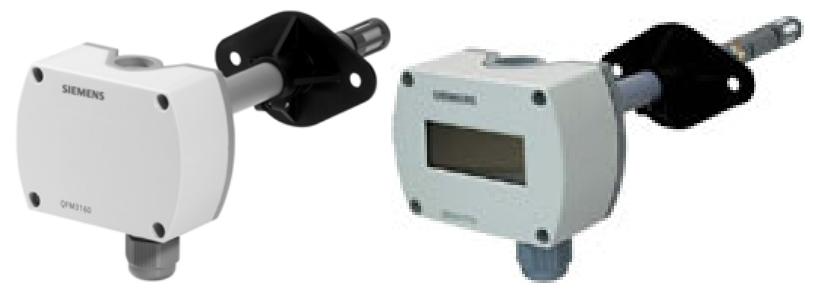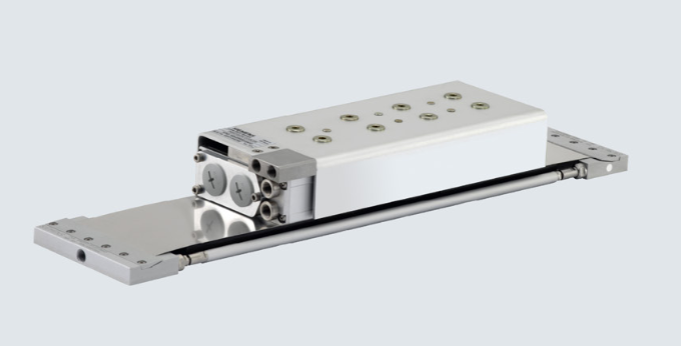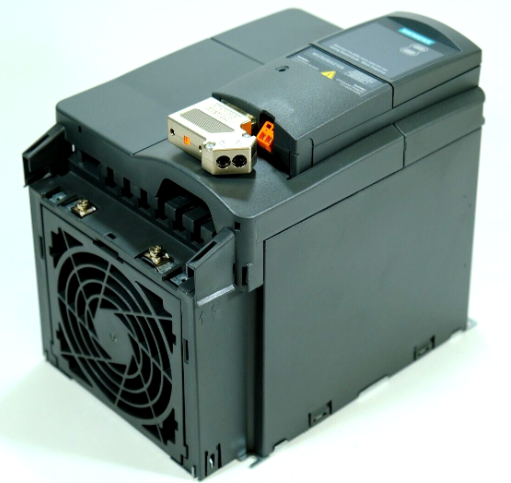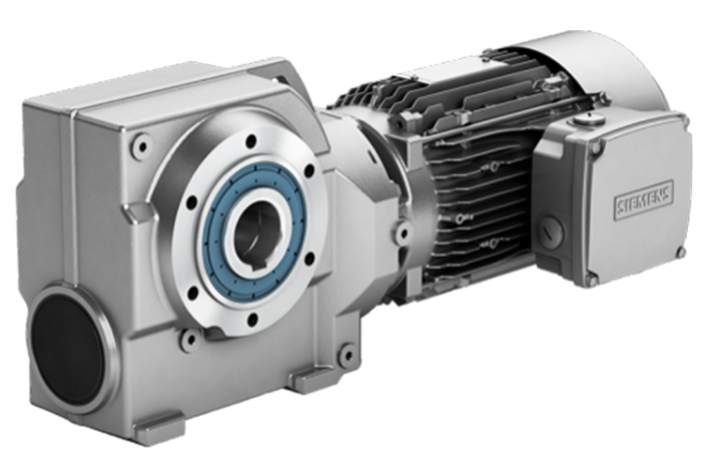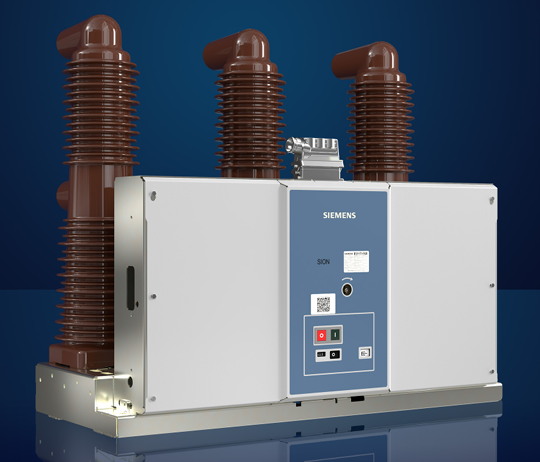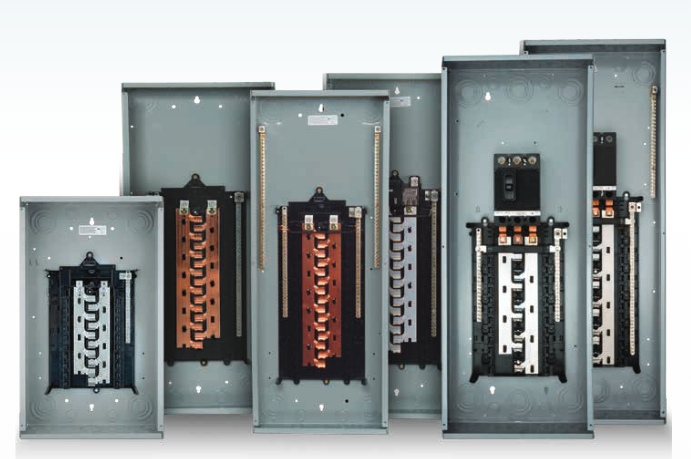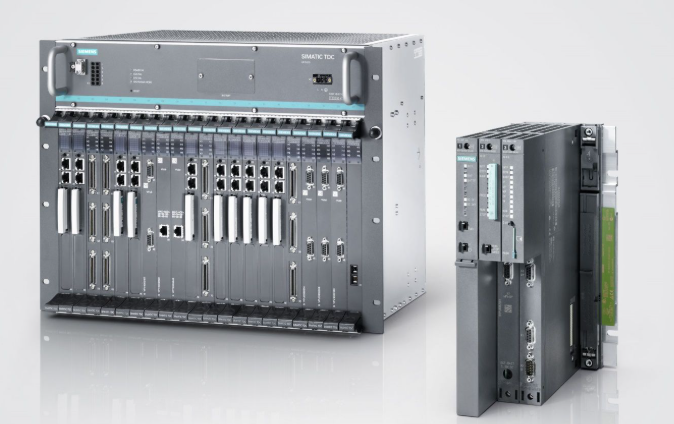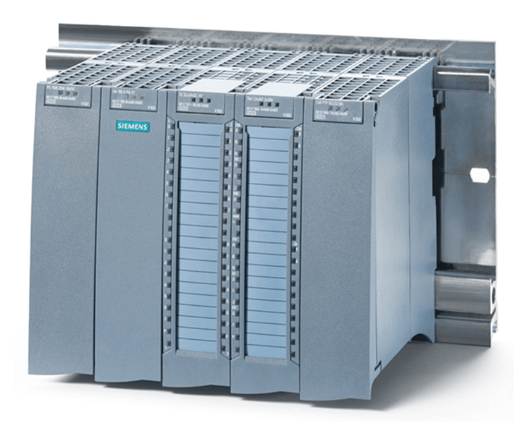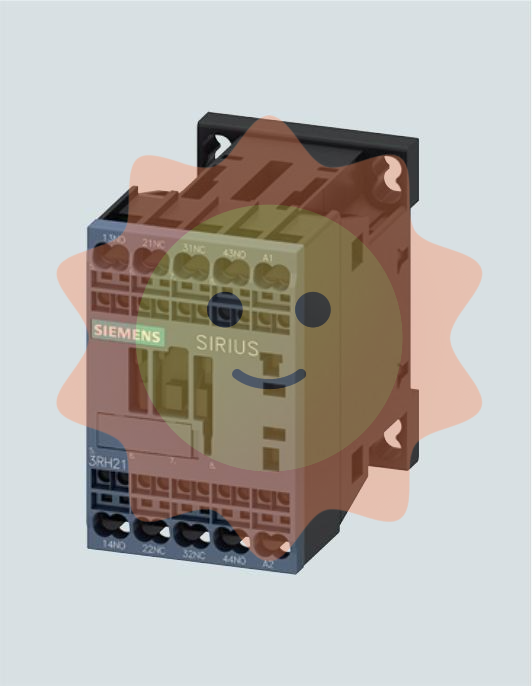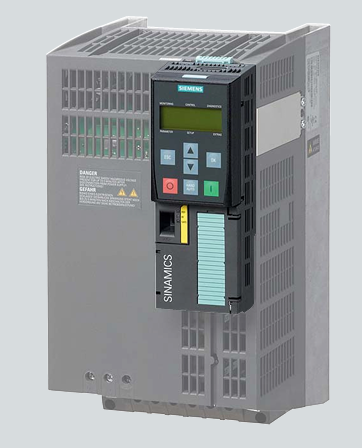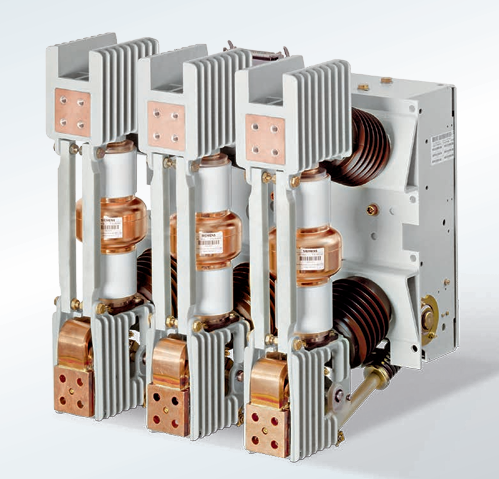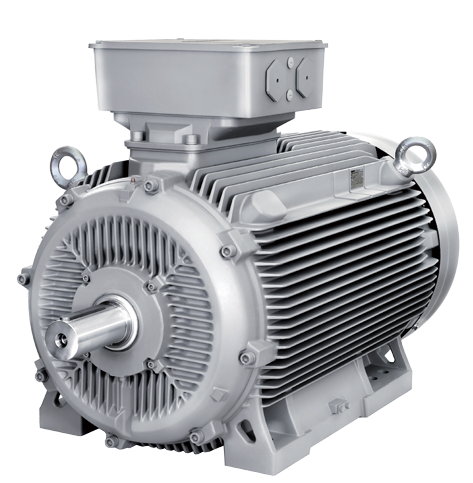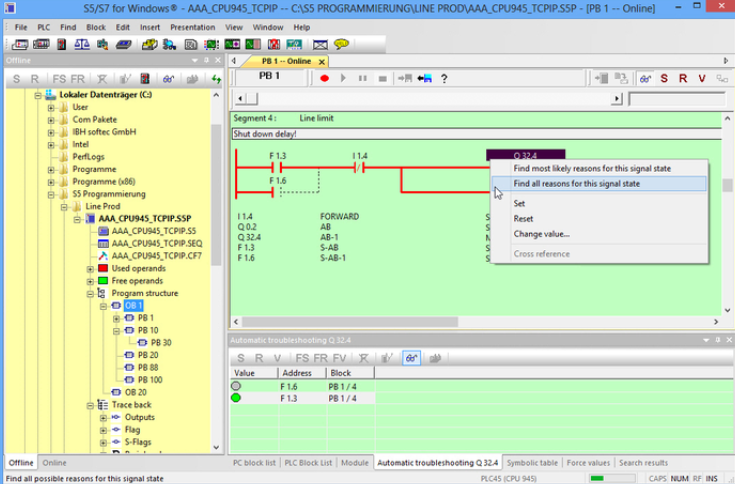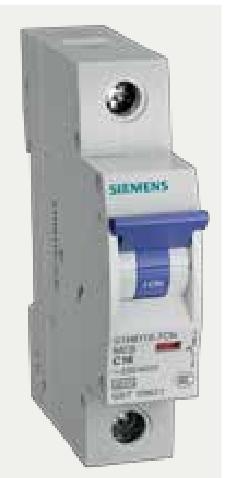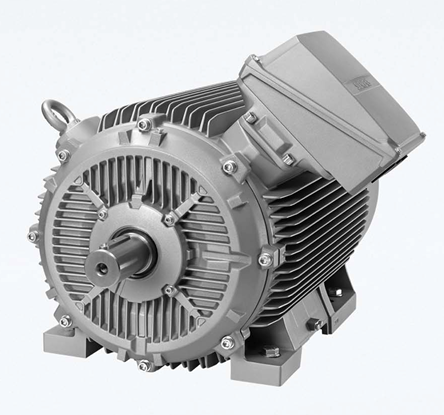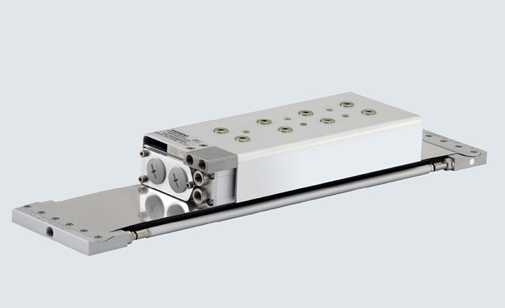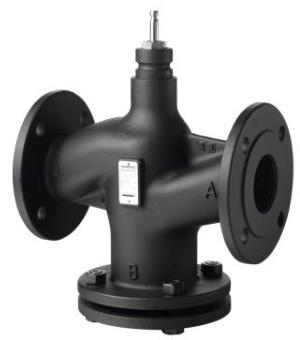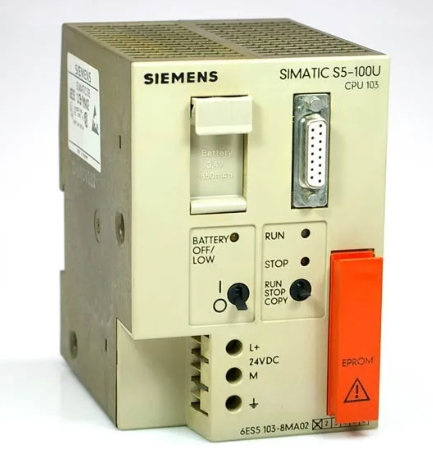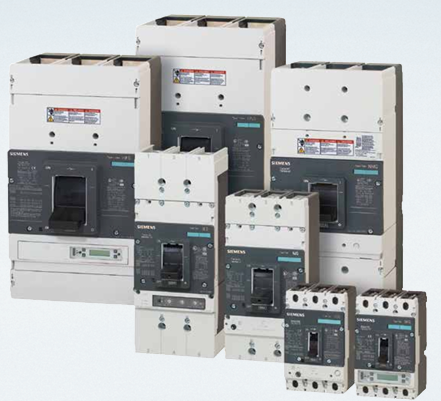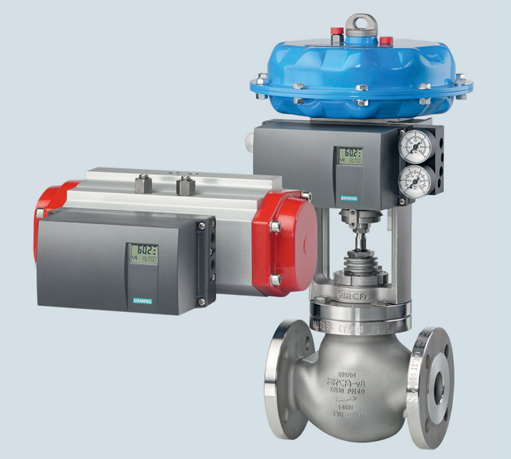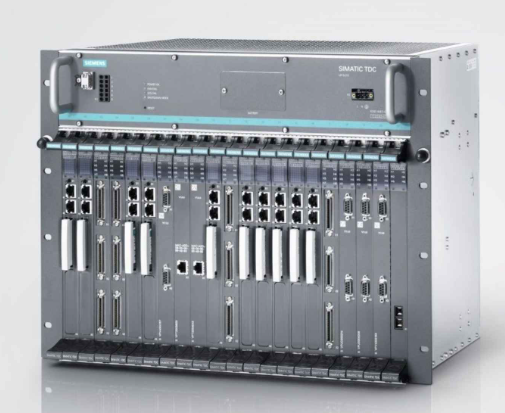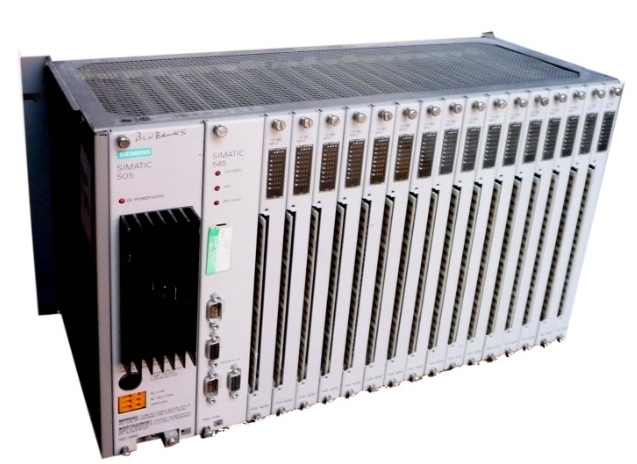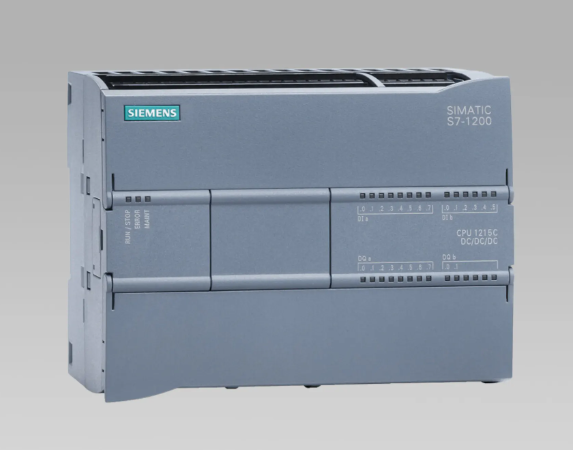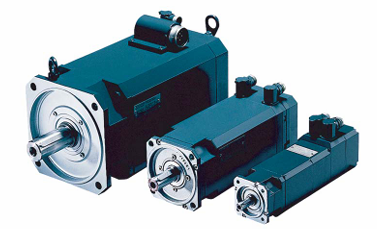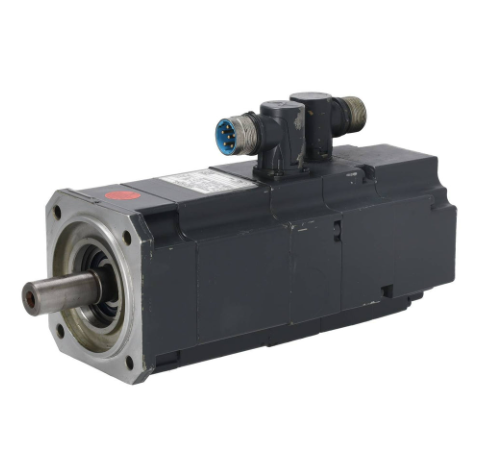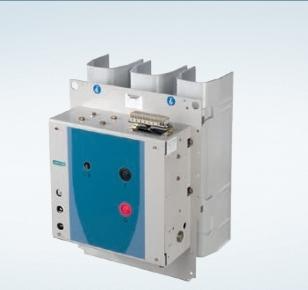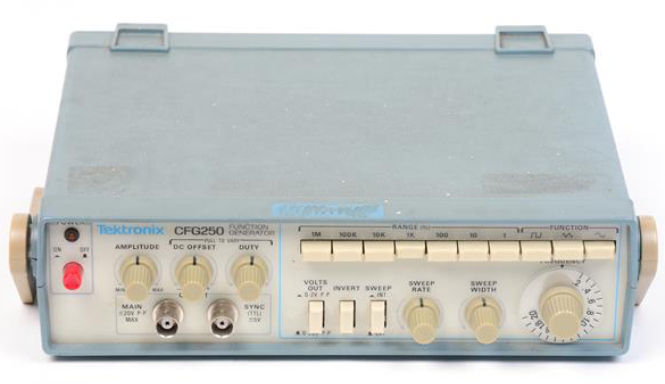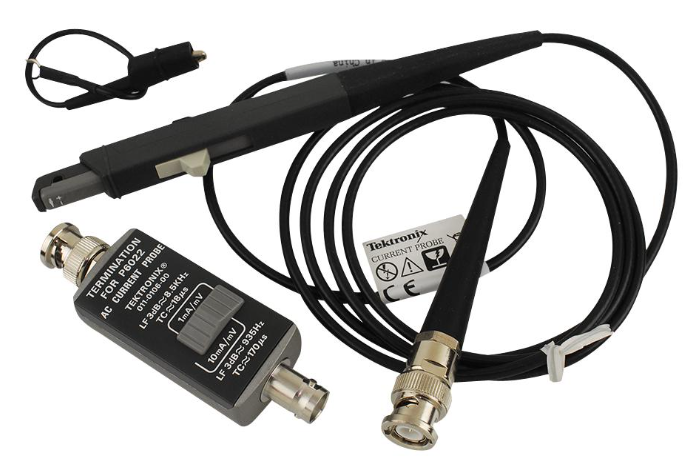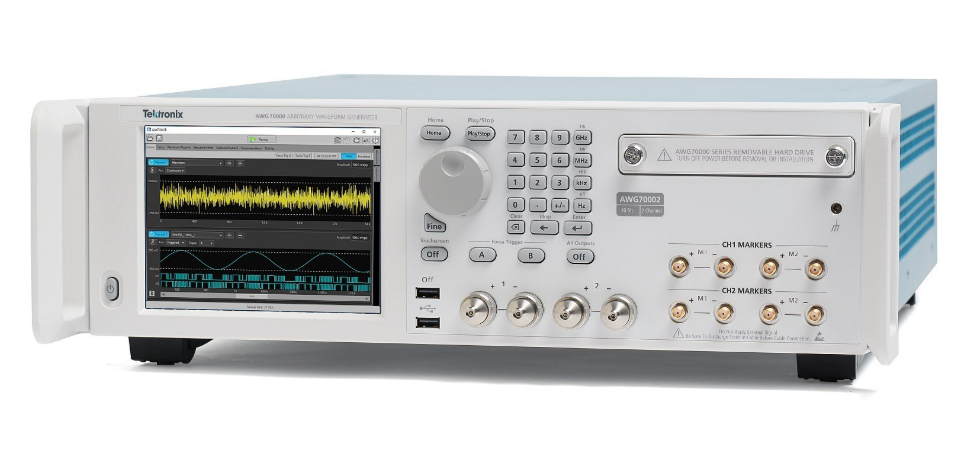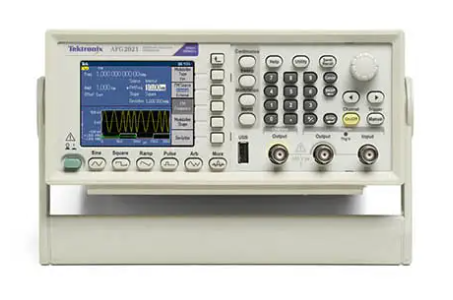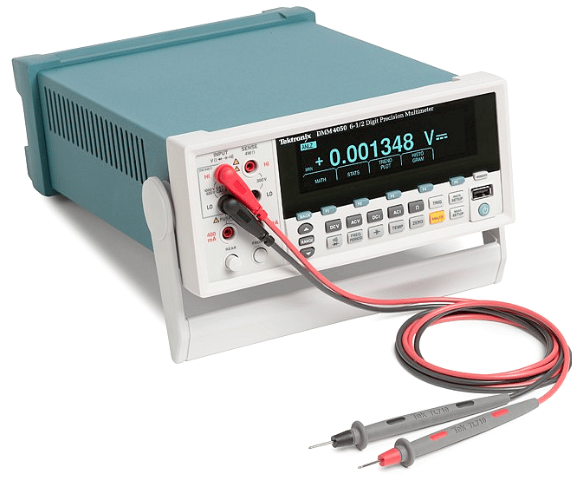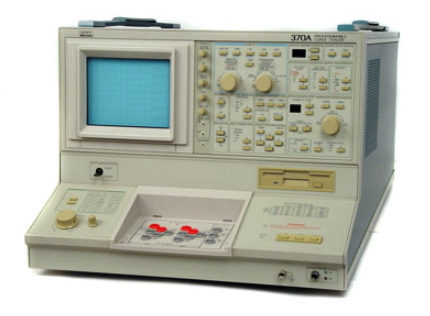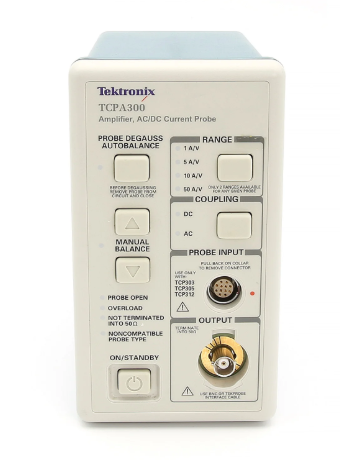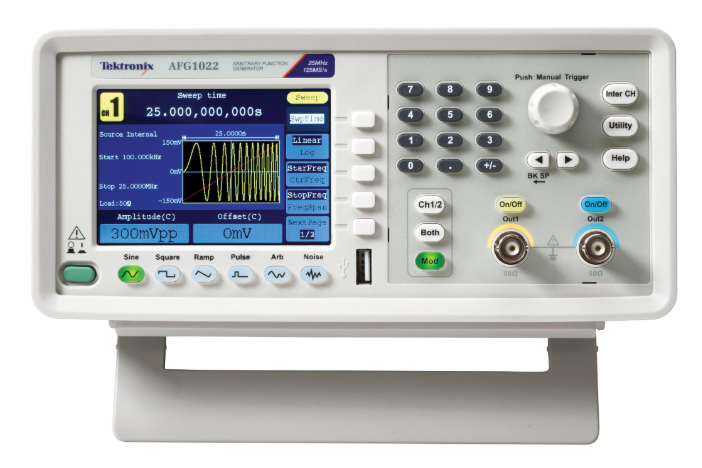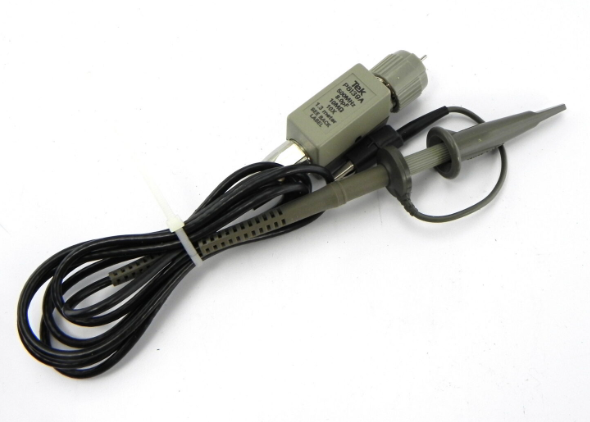GE DS3800HPMA Ported Memory Card
GE DS3800HPMA Ported Memory Card
Part Number DS3800HPMA Manufacturer General Electric Country of Manufacture As Per GE Manufacturing Policy Series Mark VI/VIe Function Module Availability In StockDS3800HPMA is a Ported Memory Card manufactured and designed by General Electric as part of the Mark IV Series used in GE Speedtronic Gas Turbine Control Systems. Porting a memory card into a gas turbine control system involves transferring data or software stored on the memory card into the control system of the gas turbine.
This could include essential information such as configuration settings, operational parameters, or firmware updates needed for the proper functioning of the turbine. Memory cards are often utilized in industrial settings for storing critical data or software updates due to their portability and ease of use. By porting the contents of a memory card into the gas turbine control system, operators can ensure that the turbine has access to the necessary information and updates required for efficient and safe operation. Porting a memory card into a gas turbine control system may involve processes such as data transfer, verification, and integration to ensure seamless compatibility and functionality.
This is crucial for maintaining the reliability and performance of the gas turbine system. FEATURES: Real-Time Monitoring: Continuous monitoring of turbine parameters such as temperature, pressure, and speed in real-time, providing operators with up-to-date information on turbine performance. Control Modes: Various control modes such as base load, load following, or peak shaving to adjust turbine operation according to changing power demands. Alarm and Event Handling: Immediate detection and notification of alarms or events such as abnormal conditions or equipment failures, enabling quick response and troubleshooting.
Sequential Startup and Shutdown: Automated sequences for starting up and shutting down the turbine in a predefined order to ensure safe and efficient operation. Fault Detection and Diagnostics: Sophisticated algorithms for detecting and diagnosing faults or anomalies in turbine components, facilitating proactive maintenance and minimizing downtime. Data Logging and Historical Analysis: Logging of operational data over time for historical analysis, trend identification, and performance optimization.
Communication Interfaces: Integration with communication protocols such as Modbus, DNP3, or OPC-UA for seamless connectivity with other control systems, SCADA systems, or enterprise networks. Redundancy and Failover: Redundant components and failover mechanisms to ensure continuous operation and reliability, even in the event of hardware or communication failures. Security Features: Implementation of cybersecurity measures such as user authentication, access controls, and encryption to protect the control system from unauthorized access or malicious attacks.
Features
▪ Contains 10 Mbytes of battery-backed user memory and 10 Mbytes of non-volatile flash user memory.
▪ Provides access to bulk memory via reference table %W.
▪ Configurable data and program memory.
▪ Programming in Ladder Diagram, C, Structured Text, and Function Block Diagram.
▪ Supports auto-located Symbolic Variables that can use any amount of user memory.
▪ Reference table sizes include 32Kbits for discrete %I and %Q and up to 32K words each for analog %AI and %AQ.
▪ Supports Series 90-70 discrete and analog I/O, communications, and other modules. For a list of modules supported, refer to the PACSystems RX7i Installation Manual, GFK-2223.
▪ Supports all VME modules supported by Series 90-70.
▪ Supports RX7i data monitoring over the web. Allows a combined total of up to 16 web server and FTP connections.
▪ Supports up to 512 program blocks. Maximum size for a block is 128KB.
▪ Test Edit mode allows you to easily test modifications to a running program.
▪ Bit-in-word referencing.
▪ Battery-backed calendar clock.
▪ In-system upgradeable firmware.
▪ Three isolated serial ports: an RS-485 serial port, an RS-232 serial port, and an RS-232 Ethernet station manager serial port.
▪ The embedded Ethernet interface provides:
- Data exchange using Ethernet Global Data (EGD)
- TCP/IP communication services using SRTP
- Support for SRTP Channels, Modbus/TCP Server, and Modbus/TCP Client
- Full programming and configuration services
- Comprehensive station management and diagnostic tools
- Two full-duplex 10BaseT/100BaseT/TX (RJ-45 Connector) ports with an internal network switch providing auto-negotiated network speed, duplex mode, and crossover detection.
- User-configurable Redundant IP address
- Time synchronization to SNTP time server on Ethernet network (when used with Release 5.00 or later CPU module).

- User name Member Level Quantity Specification Purchase Date
- Satisfaction :
-









Email:wang@kongjiangauto.com

